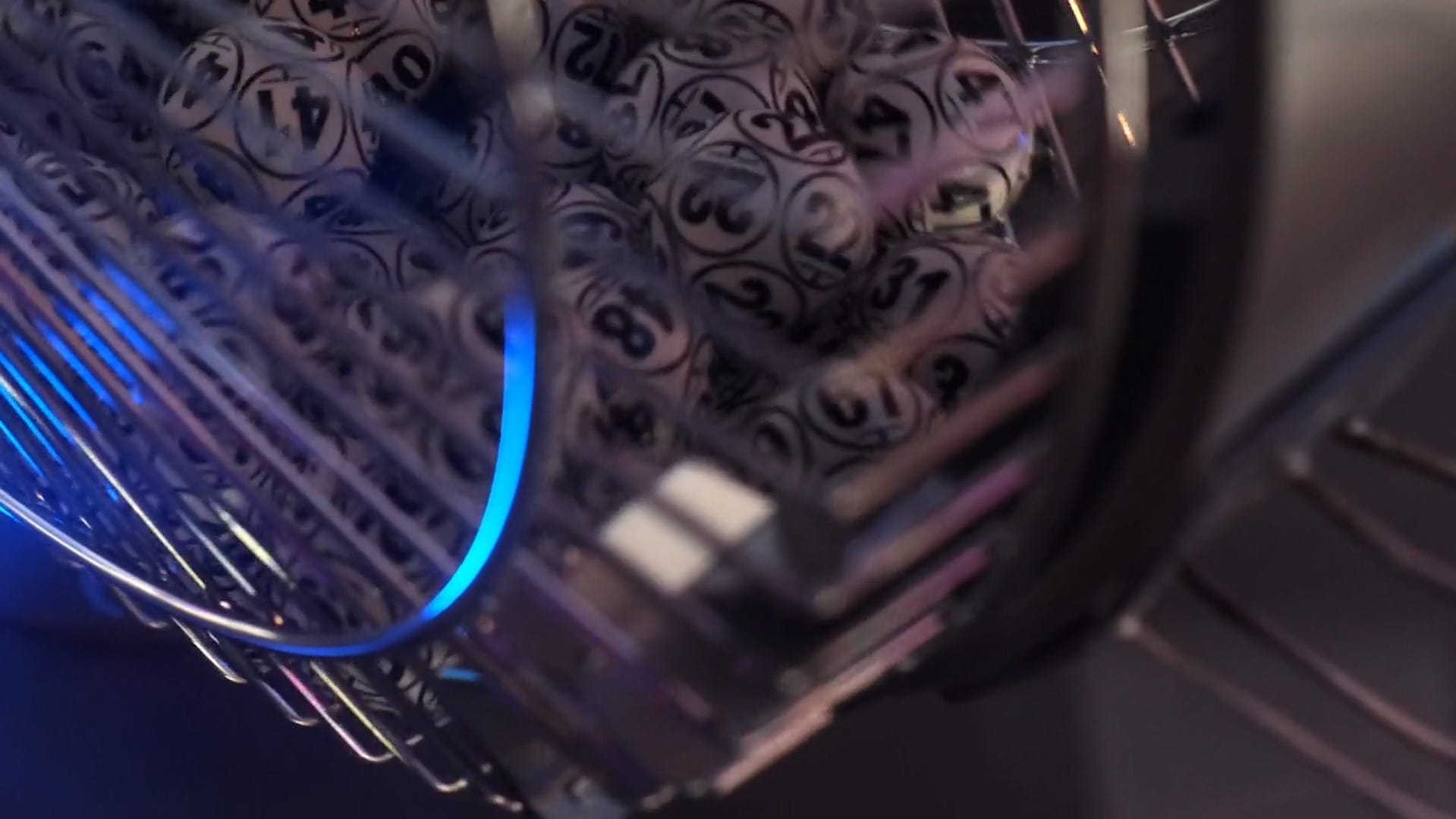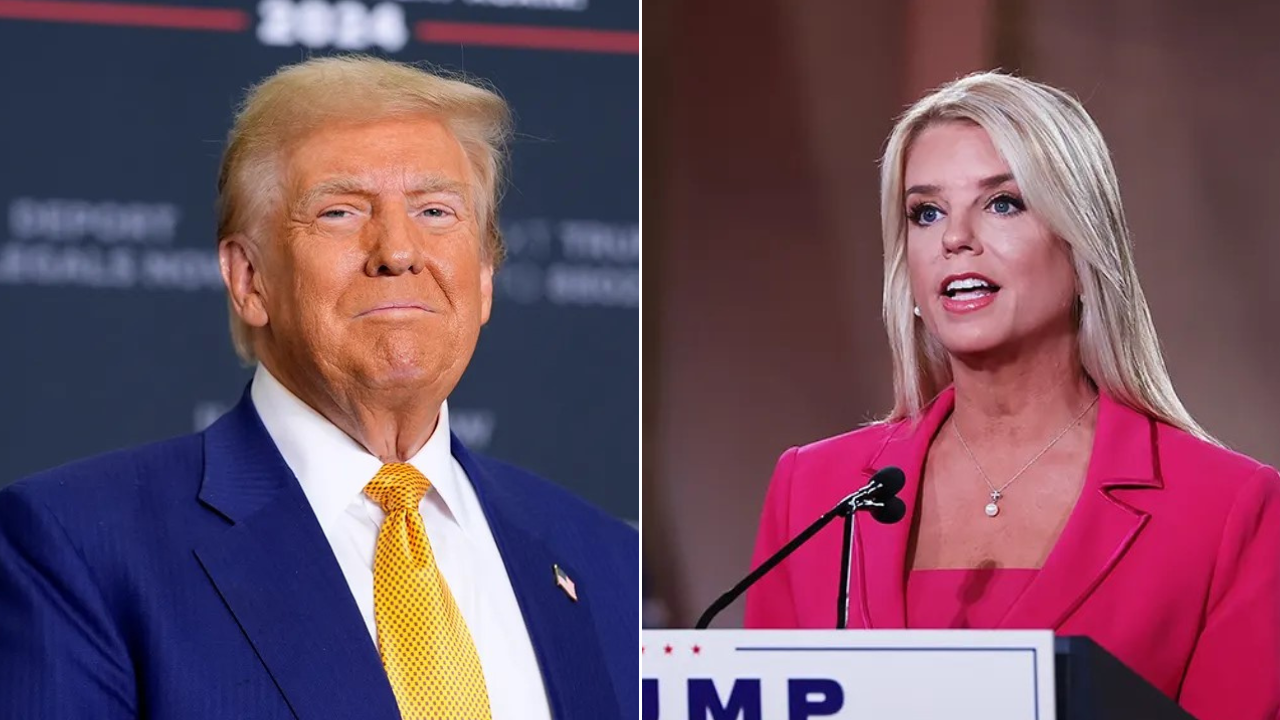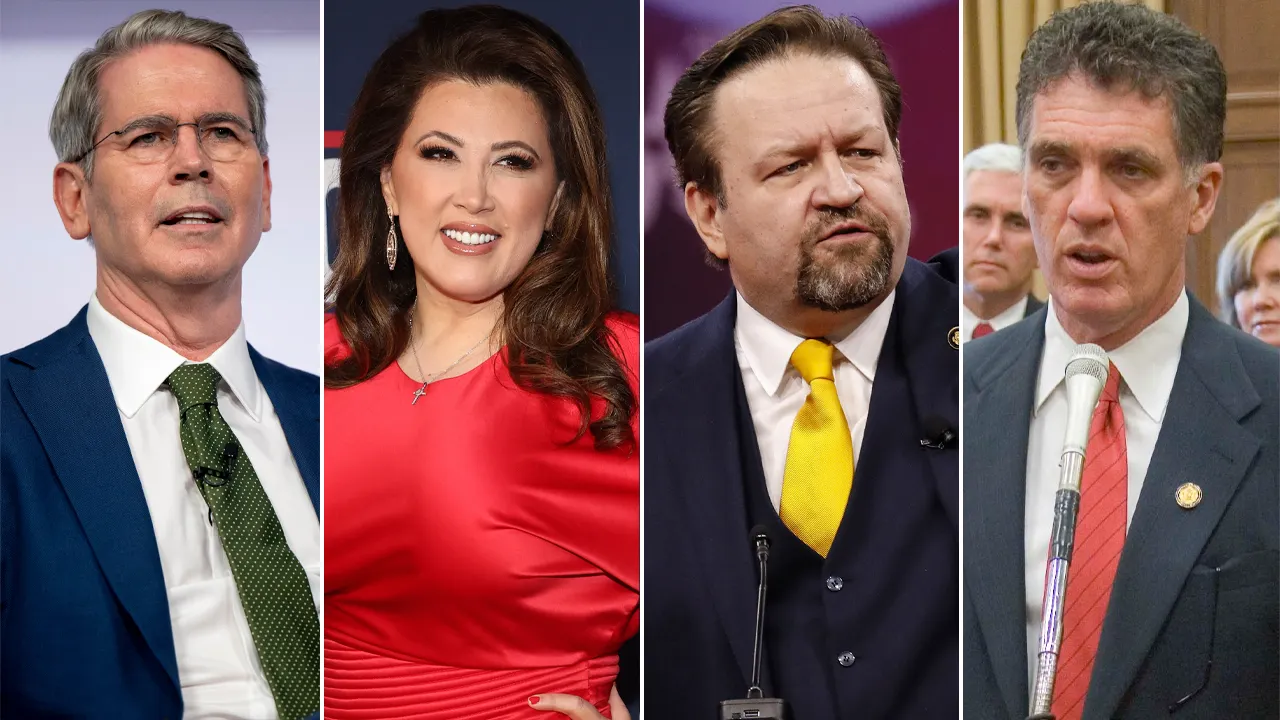The NBA’s annual Draft Lottery — which could play a huge role in the Utah Jazz’s future — is almost here.
We know the team will have picks 16 and 28 in the NBA Draft. But a drawing that will finally set the order of the first 14 selections is set to take place on Tuesday night in Chicago, with the televised proceedings airing at 6 p.m. MT on ESPN.
The actual lottery process takes place in a separate room before the TV broadcast, and there are representatives from the NBA, from each lottery team, from the media, and from the accounting firm Ernst & Young present to make sure no shenanigans take place.
Meanwhile, a representative from each team is onstage. They really don’t play any role in the process other than look excited if their team is revealed to have moved up, or look disappointed if they stay in place or, worse, move down from their expected spot.
There’s not really any rhyme or reason to who gets picked to rep each team. Sometimes it’s the owner, or the general manager/president of basketball operations, et cetera. Sometimes it’s a coach or player. Some teams are very superstitious about who they send, and what “lucky” totems that person brings — the Cavs famously had great success with owner Dan Gilbert’s son Nick representing them.
With Nick Gilbert — who died May 6 at the age of 26, due to a rare genetic disorder — onstage in 2011, the Cavs turned a 2.8% chance into the No. 1 pick, which they used on Kyrie Irving. In 2012, they got No. 4 and took Dion Waiters. In 2013, they moved up to No. 1 again (though Anthony Bennett’s selection proved disastrous). Nick Gilbert didn’t rep the Cavs again until 2018, when they got No. 8 (and took Collin Sexton). In 2021, the Cavs moved up to No. 3 (and took Evan Mobley); GM Koby Altman repped the Cavs onstage that night, but brought along two of Nick Gilbert’s bowties for luck.
During their exit interviews with media last month, Jazz CEO Danny Ainge and GM Justin Zanik said they didn’t know yet who’d be representing the team on the dais. Well, that decision’s been made now.
In something of a full-circle moment, the Jazz announced Thursday that Sexton — whom they acquired in the Donovan Mitchell trade — would be their representative on the dais. Considering how excitable and exuberant and team-first he was throughout a difficult season, it’s reasonable to think he’ll bring good vibes to the proceedings, if you believe in that sort of thing.
“I’m very, very excited to be representing the team at the NBA Draft Lottery on Tuesday,” Sexton said in the video released by the team. “I will be bringing some special $2 bills. I remember a tradition that my grandma and my great-grandma used to do is give $2 bills on birthdays as well as Christmas as a sign of good luck. So I will have a few of ’em in my pocket so we can get a great, great draft pick.”
Explaining the lottery proceedings
Every year, the 14 teams that did not make the playoffs take part in this lottery. If you’re not familiar with the process, the full rules and history of the proceedings are spelled out by the NBA, but the basics are as follows:
• There are 14 pingpong balls (numbered 1 through 14) that get placed in a lottery machine, and there are 1,001 possible combinations when four balls are drawn out. Before the lottery, those number combinations are assigned to the lottery teams.
• The teams that finished with the three worst records in the NBA this past season (in this case, the Pistons, Rockets, and Spurs) each get 14% of those number combinations. The remaining teams have a descending percentage of number combos, to the point that the team with the best record among the 14 non-playoff qualifiers (in this case, the Pelicans) has just a 0.5% chance.
• Four balls are drawn out, and the team which owns that number combination gets the No. 1 pick. This process is repeated for the Nos. 2, 3, and 4 picks. After that, picks 5-14 are assigned to the remaining lottery teams in inverse order of their 2022-23 regular-season records.
What do the odds look like?
So … what are the chances that Utah can land purported generational talent Victor Wembanyama?
The Jazz, by virtue of their 37-45 record in the regular season, have the ninth-best lottery odds. They have a 4.5% chance of getting the No. 1 pick, and a 20.3% chance of getting a top-four pick. Every lottery team’s odds of getting No. 1 or landing in the top 4 are spelled out here.
Because the lottery drawings only happen for the first four picks, and the teams with the worst records can only drop so far, that limits where the Jazz pick can wind up. They can move all the way up to 1-4, but they cannot land picks 5-8. They have a 50.7% chance of getting the No. 9 pick (here’s a full breakdown of each team’s chances of landing each particular pick), but it’s also possible that, by virtue of teams below them jumping ahead, they could also slide down and pick between 10-13, too. They cannot drop all the way down to No. 14, though.
If you want to see how random it can be, the Tankathon site has a great lottery simulator.































/cdn.vox-cdn.com/uploads/chorus_asset/file/25739950/247386_Elon_Musk_Open_AI_CVirginia.jpg)

